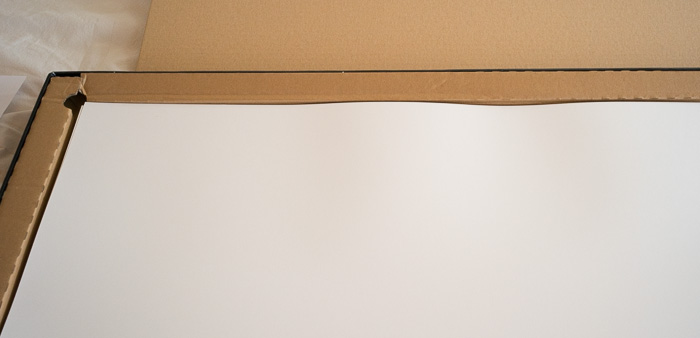I’ll get right back to it, but something came up today that’s taking time away from testing the a7R.
First, some background. I entered the Center for Photographic Art’s 2014 Juried Exhibition a few months ago. I’m not usually one for entering these kinds of contests, but I find it easy to make an exception for the CPA. Besides, for the last five years I’ve been working on the Juried Exhibition, and therefore ineligible to enter it. Wanting to get some feedback on the new stuff, I sent them all new work; nothing that had been exhibited, or, with one exception, even sold.
The notices went out earlier this week, and two of my images made the web gallery, but nothing was in the physical exhibition. However, I got a call today saying that the curator had decided that she wanted six more images in the show, and that one of the new ones was mine.
In fact, it was this one:
from the Timescapes series.
Was I pleased? Yes, indeed. Was I miffed that I was not one of the first kids chosen? Not at all. It’s not that I have no pride, it’s just that I’ve been on the other side of these exhibitions, and I know how subjective, argumentative, and arbitrary the selection process can be. Actually, this one may not have been argumentative, since there was only one juror this year. Having seen the sausage being made, it’s hard to take the result as a validation of my essential worth as a human being.
I needed to hop to and make some prints. At least two, in case I blow the signature. The prints are on Exhibition Fiber, so you can’t sign in pencil, and it sucks up the ink so fast that it’s tricky to sign with a pen. For my last exhibition, I just punted and signed the prints on the back — in verso, as the folks in the galleries say.
I found the file, and printed a test image on the 4900. I hadn’t used the printer for a week, and there were many nozzle clogs. Fortunately, a single pass of low-intensity cleaning did the job. I used the Advanced B&W mode, and picked a slightly magenta color cast, trying to get the print to look a little like a lightly selenium-toned darkroom print.
Then I turned on the 9800 and ran a nozzle check. I hadn’t used it for three or four months, and I was dreading the result. I screwed up my courage and looked. Not one clog. What a printer! I don’t know what I’m going to do when it finally dies; I sure don’t want to deal with the 9900, a printer that has the same clogging propensities as my persnickety 4900.
Then I opened up a new box of 24×30 Exhibition Fiber. The paper wasn’t flat; there were two ripples running most of the extent of the short direction. I grumbled a bit, and decided to make it the framer’s problem.
I don’t know what’s going on; Exhibition Fiber in the smaller sizes has always been remarkably flat when I’ve opened the box, and had stayed flat behind the mat, unlike a lot of baryta-coated papers. There is that tear in the cardboard protective support, which might indicate that the paper fell onto the short side during its travels from the shipper to me. By the way, the picture of the ripply paper was made with the first camera that fell to hand, which turned out to be the a7R and the Leica 24mm f/3.8.
I made the first print, and was please to see that the trip through the printer had flattened the paper out quite a bit. However, it was somewhat darker than I expected. I’d never printed the image this big, and I was surprised to find that the size made such a difference. The more I looked at it, the more I liked it dark. I made a lighter print to see if my original conception of the look of the image was better than the new tonality that I’d found by accident.
I like the new look. I’ll use the lighter print to practice my signature.


Well, congratulations!
Well, I find your work exceptional… and that happens not often.
So keep up the good work –
also your blog is very informative…
cheers
PK